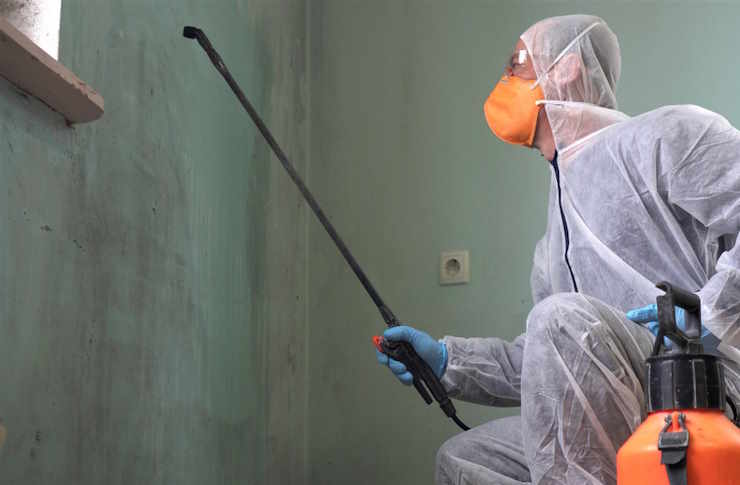Disinfection Services: practical information for homes and businesses
Professional disinfection services help reduce infectious agents on surfaces and in spaces using targeted chemical or physical methods. These services are distinct from routine cleaning and are commonly used after known contamination events, during outbreaks, or as part of regular facility maintenance to support overall hygiene. Understanding what disinfection includes, how it differs from cleaning and sanitization, and what to expect from a qualified technician can make selecting local services clearer and safer.

This article is for informational purposes only and should not be considered medical advice. Please consult a qualified healthcare professional for personalized guidance and treatment.
What does disinfection involve?
Disinfection refers to processes that eliminate or inactivate many pathogenic microorganisms on surfaces and objects, typically using EPA-registered disinfectants, hydrogen peroxide systems, ultraviolet light, or steam. A disinfection service will often begin with an assessment of the space, identification of high-touch areas, and selection of an appropriate method based on surface compatibility and the target organisms. Unlike routine cleaning, disinfection focuses on reducing microbial load to levels considered safe for public health rather than only removing visible dirt.
How does cleaning differ from sanitization?
Cleaning removes visible soil, dust, and organic matter using detergents or soap and water; it is necessary because dirt can shield microbes from disinfectants. Sanitization is a step between cleaning and disinfection: it reduces bacteria on surfaces to levels judged safe by public health standards but may not inactivate viruses or more resistant pathogens. A thoughtful disinfection plan typically pairs cleaning first, followed by sanitization or disinfection, ensuring disinfectants contact the surface effectively and work as intended.
What hygiene standards guide these services?
Organizations offering disinfection services often follow published guidance from health authorities and industry standards for hygiene, contact times, and chemical selection. Facilities such as healthcare settings, schools, and food service operations have specific protocols for cross-contamination prevention, surface frequency mapping, and documentation. Proper ventilation, appropriate dwell times for chemicals, and compatibility with materials are part of standard hygiene practice. Clear documentation of methods and products used helps facilities demonstrate compliance with internal or regulatory guidelines.
What should a disinfection technician be trained to do?
A qualified technician should understand the difference between cleaning, sanitization, and disinfection; be trained in safe handling and dilution of disinfectants; and use personal protective equipment correctly. Technicians should be able to identify high-touch surfaces, apply products to meet required contact times, and follow protocols for waste containment and equipment decontamination. Communication skills are also important, so technicians can explain what was done and any follow-up recommendations. Verification methods such as ATP testing or visual inspections may be used to confirm effectiveness.
How to choose reliable local services
When evaluating local services in your area, look for companies that provide transparent information about methods, products, staff training, and insurance. Ask whether the provider uses EPA-registered disinfectants or other validated technologies and how they verify outcomes. Consider whether they offer flexible scheduling to minimize disruption and provide written reports after service. Reviews and references from similar facilities can help, but confirm details directly—such as safety data sheets for products—so you understand material compatibility and any occupancy restrictions following treatment.
Conclusion
Disinfection services play a specific role within broader cleaning and maintenance programs by focusing on inactivating microorganisms that cleaning alone may not remove. Choosing the right approach involves understanding the differences between cleaning, sanitization, and disinfection; confirming that technicians follow recognized hygiene standards; and reviewing methods and verification practices used by local services. With clear expectations and transparent practices, disinfection can be an effective component of a facility’s overall risk-reduction strategy without replacing routine cleaning and other preventive measures.






